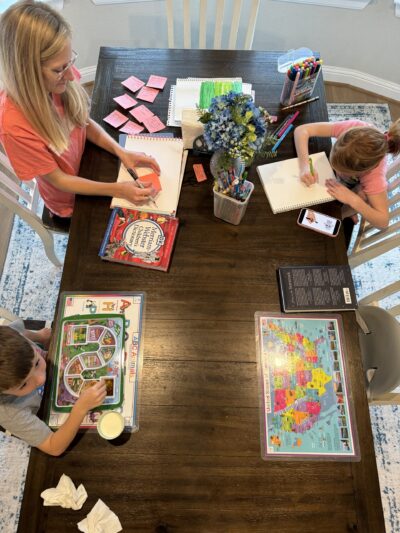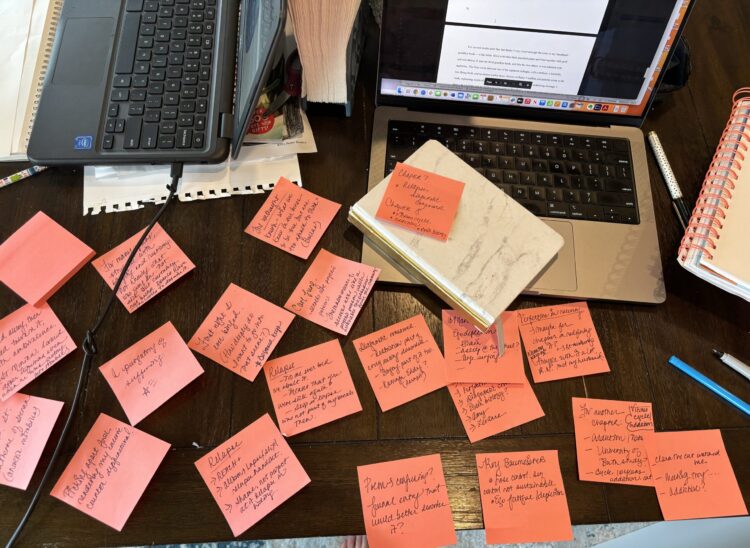Up until I started writing my first book, I wasn’t a big outliner.
I spent the earlier part of my career writing news and feature stories about the media industry, then transitioned into writing personal essays. Outlining struck me as another tedious and time-consuming task to add to my to-do list, especially when I was on tight deadlines. I’ll figure it out as I go, I’d often think, (which, looking back, may explain why it took me so long to write my stories.)

Now, in the thick of drafting my book manuscript, I can’t imagine writing anything of substantial length without an outline. My book SLIP blends immersive reporting, emerging science and social history around eating disorders alongside my own lived experience with anorexia. It’s equal parts journalism and personal narrative, so I have to outline each chapter to keep track of all the story elements, research and interviews that are woven into each one.
Sometimes when we think of outlining, we flash back to middle school English classes, where we learned to use a series of letters and Roman numerals to organize our thoughts. But that type of outlining never really worked for me. It seemed so formulaic, and I would always forget where to put the Roman numerals, whether to capitalize or lowercase the letters and when to indent.
I’m a visual person. I’ve come to see outlining as a puzzle, where I’m considering the moving pieces of a story or chapter and determining how they all fit together. I write out the parts on Post-it notes or small pieces of origami paper, then I move them around and figure out where they go, which parts are missing and which ones I don’t need.
Once I’ve settled on an order, I tape the parts down on a large piece of sketch paper or stick them onto a trifold display board. On the other side of the trifold are three timelines that I’ve created for my book — one about the history of anorexia, the timeline of my mom’s cancer treatment and the timeline of my eating disorder treatment. As I start each chapter, the trifold and Post-its will act as my roadmap, helping to guide me through the writing process.
Every writer has a different process for outlining and structuring. This one has worked pretty well for me, and it’s one I’ve started to share with my journalism students at the University of Texas at Austin. As I tell them, the more front-end work you do and the clearer your roadmap, the quicker you’ll get to your destination (aka a finished story or chapter).
The key is following the roadmap but also allowing for detours or reroutes when the story calls for it. The outline, like so much of writing itself, is bound to evolve and lead us down paths of new discovery.
Mallary Tenore Tarpley is an assistant professor of practice at the University of Texas at Austin’s Moody College of Communication. Her book SLIP: Sickness, Recovery & the Space in Between will be published by Simon & Schuster in 2025.



